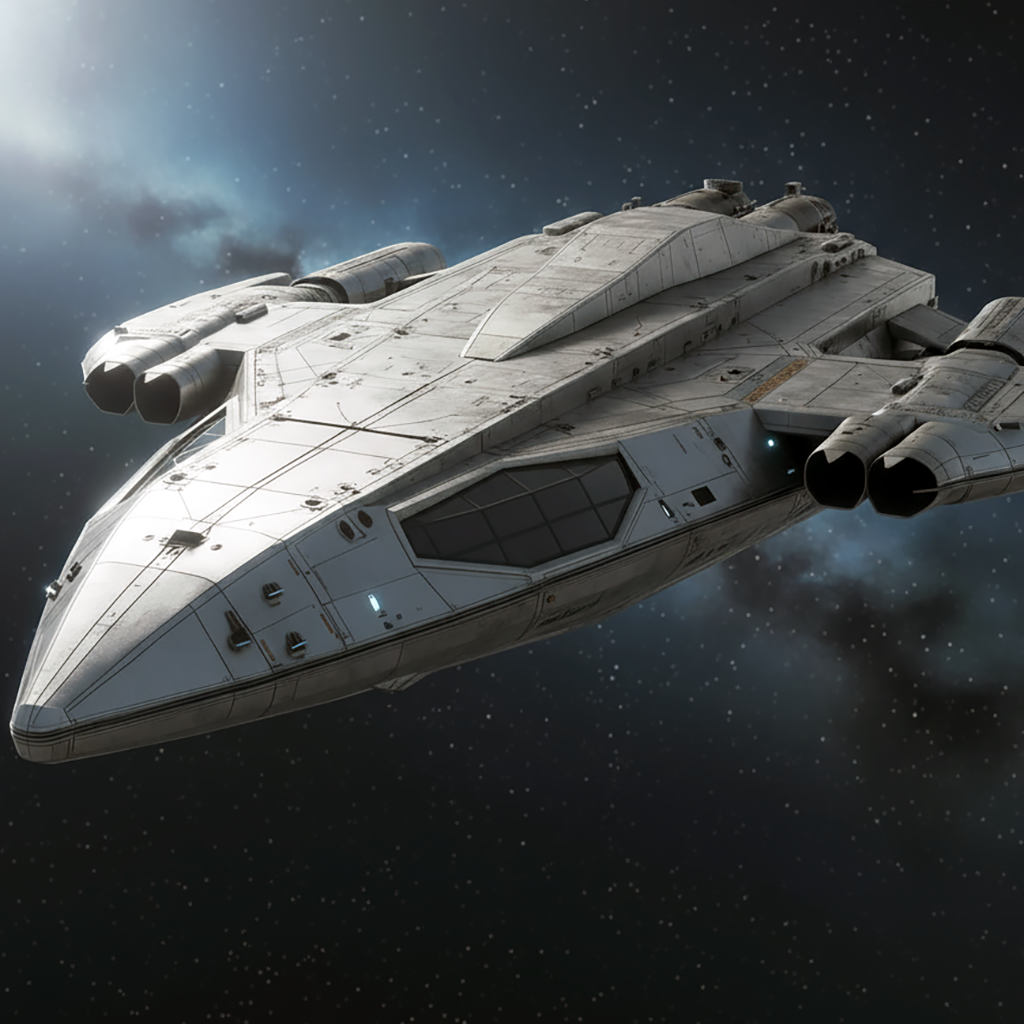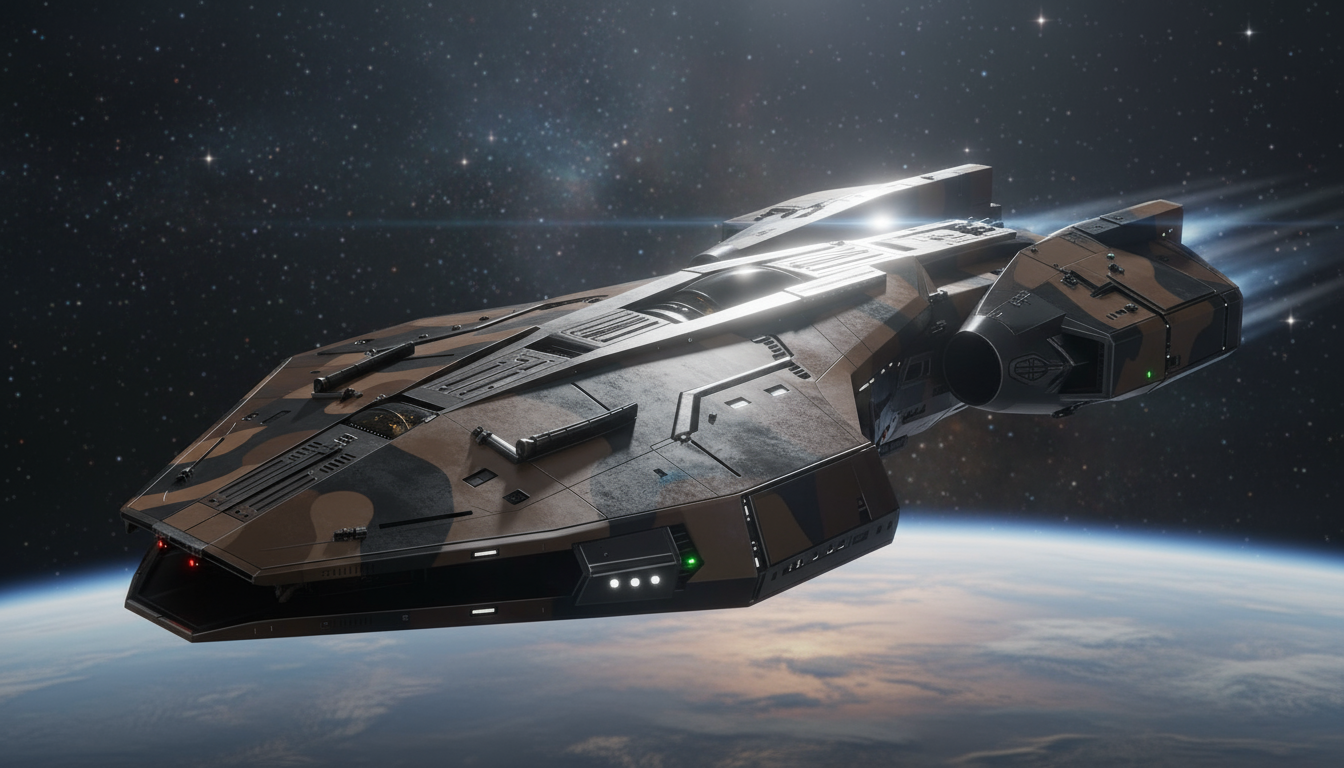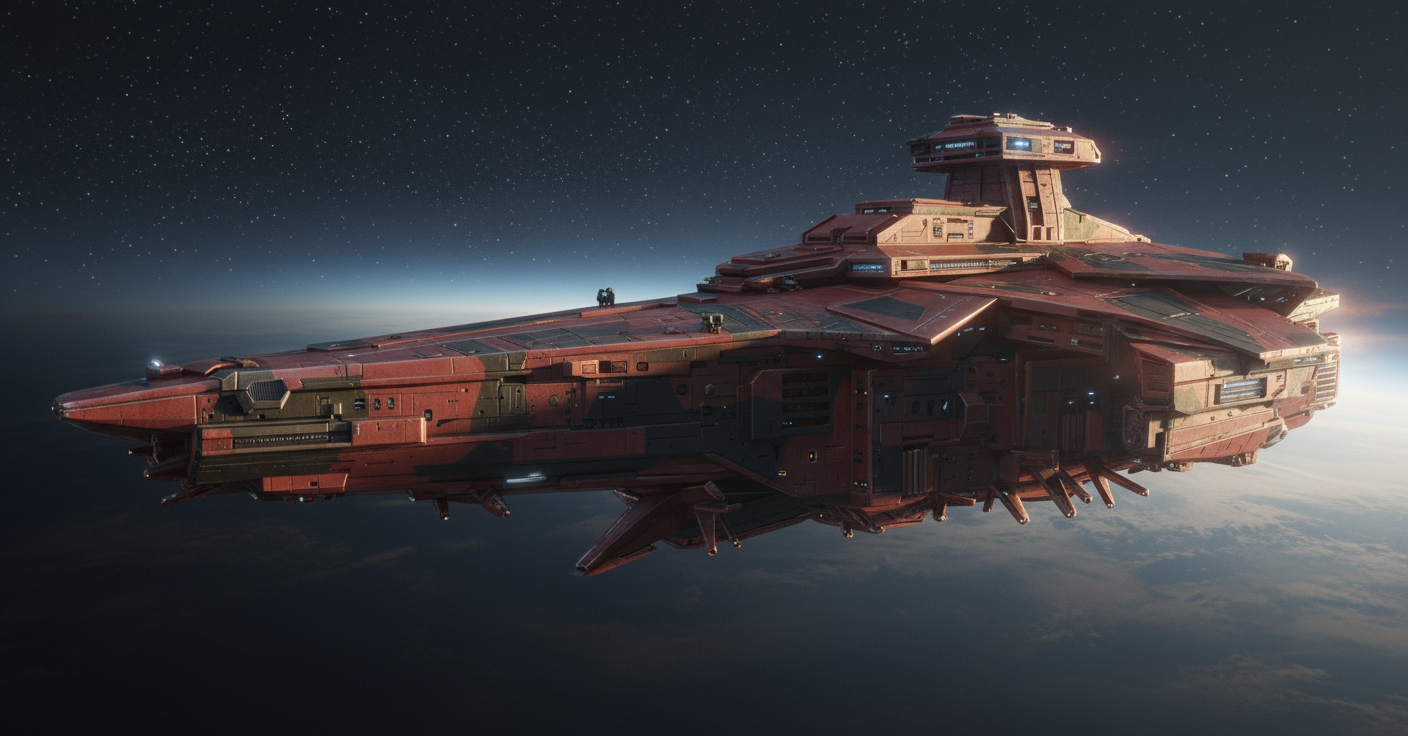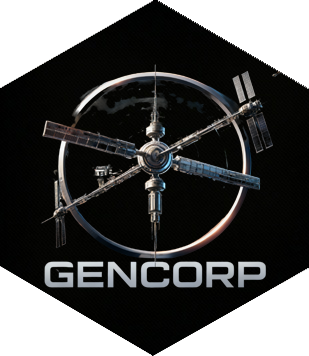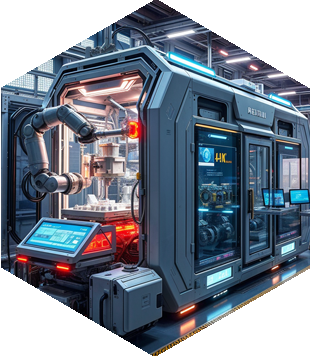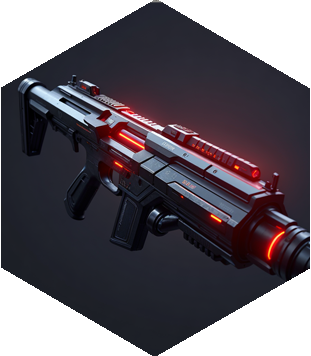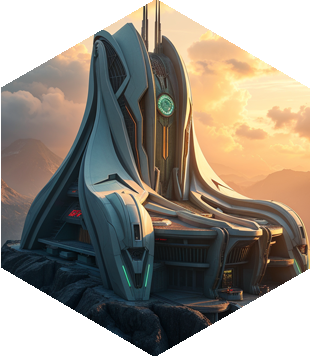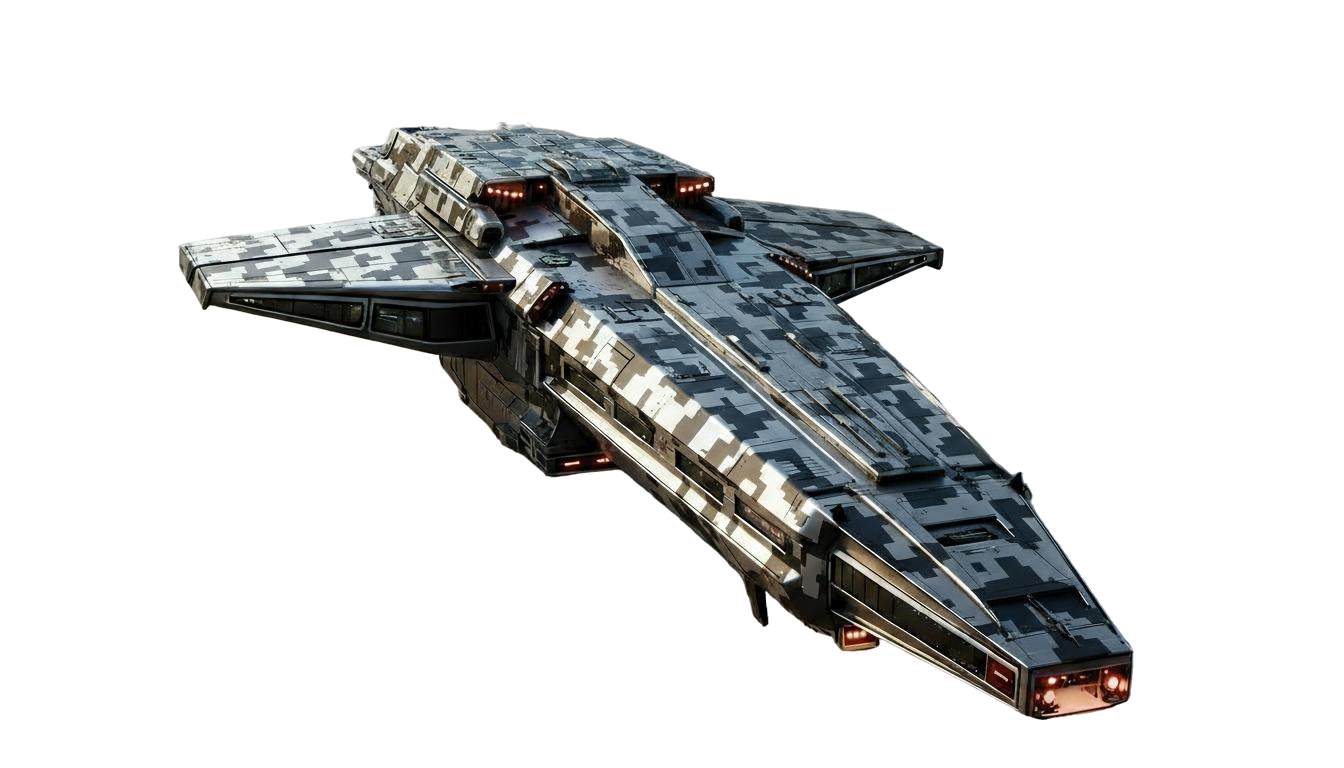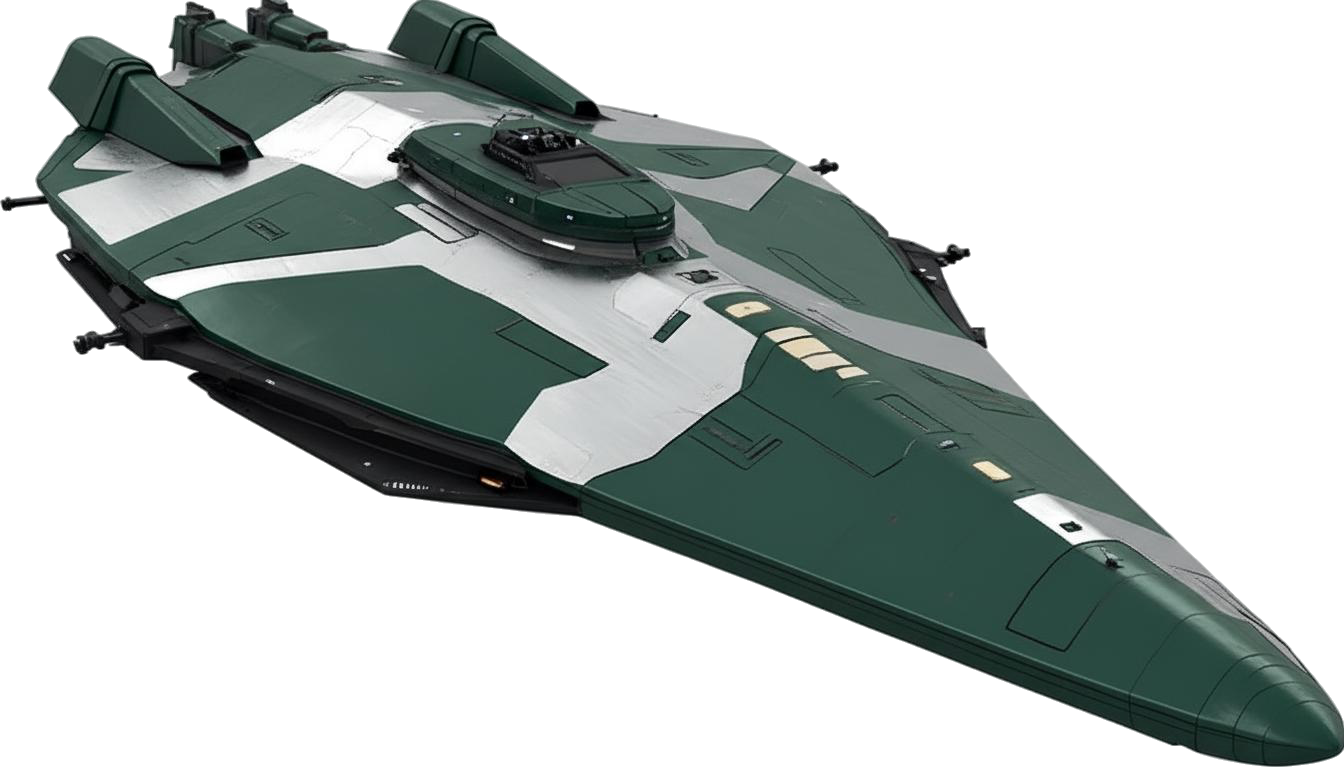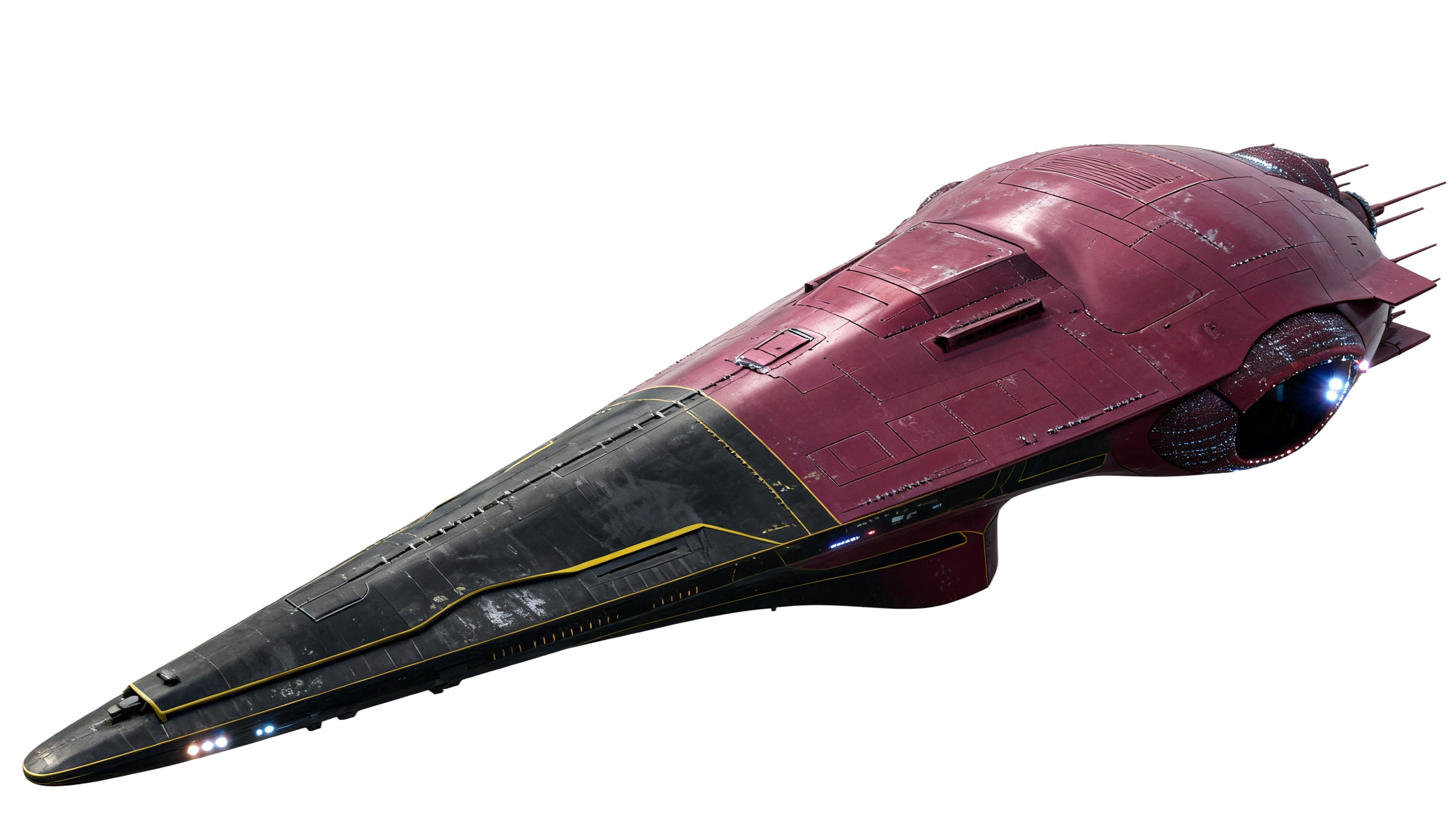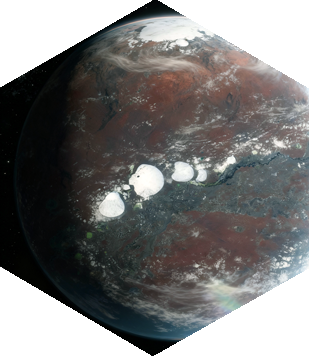Quantum Communication Networks
Quantum Communication Networks (QCNs) form the circulatory system of interstellar civilization, providing near-instant, tamper-evident communication across vast distances through entanglement-backed relays and spacetime stabilization fields. While limited by bandwidth and dependent on immense infrastructural investment, QCNs remain indispensable to governance, commerce, navigation, defense, and crisis response throughout the Terran Core. Their existence defines what it means to belong to an interstellar society—connection in real time across the light-years.
Architecture
The QCN’s physical and quantum architecture integrates multiple specialized components, each serving to maintain coherence, authentication, and throughput across stellar distances:
- Entanglement Nodes: Paired quantum lattice cores seeded during fabrication. Each pair forms a unique, persistent channel for authenticated communication, immune to conventional interception.
- Stabilization Rings: Field generators that suppress decoherence and background quantum noise, extending operational range and maintaining data integrity across light-years.
- Relay Constellations: Orbital clusters positioned around key worlds and trade hubs, multiplexing traffic into priority queues for governance, emergency response, and commerce.
- Hardline Backbones: Quantum-hardened fiber conduits and vacuum waveguides embedded within arcologies, shipyards, and vault facilities, linking planetary infrastructure directly to the QCN mesh.
Capabilities and Limits
The QCN allows near-real-time signaling across interstellar space, supporting governance and coordination on a scale that classical radio or laser systems could never achieve. However, its efficiency lies not in volume but in precision:
- Primary Use: Real-time control signals, diplomatic channels, financial clearance, medical telemetry, and navigation synchronization.
- Finite Throughput: Bandwidth remains limited—bulk data, such as cultural archives or full sensor arrays, continues to travel via tunnel-driven couriers or Quantum Cargo Transfer Systems (QCTS).
- Verification Integrity: Each transmission is cryptographically attested and non-repudiable, ensuring every signal bears proof of origin and content integrity.
Operations and Governance
Network stewardship is divided among Terran blocs, hypercorporations, and recognized civil authorities. Smart contracts within the Nexus manage scheduling, encryption, and bandwidth allocation, while autonomous regulatory algorithms prevent monopolization. Emergency protocols allow priority preemption—granting instant access for distress beacons, evacuation orders, or epidemiological alerts. This automated governance model ensures continuity even under political or military fragmentation.
Security Posture
QCNs employ multi-layered security architecture designed to preserve trust and continuity even under active threat:
- Quantum Signatures: All data packets bear lattice-level authentication with hardware roots-of-trust embedded in node substrates.
- Air-Gapped Enclaves: Critical services—traffic control, hospital systems, and orbital safety networks—operate within isolated routers immune to outside interference.
- Fault Isolation: Compromised relays are automatically quarantined without disrupting adjacent meshes, maintaining partial functionality under attack.
Civic and Cultural Role
For colonists, a functioning QCN uplink marks the moment a settlement joins the greater web of civilization. Activation of the first local relay—when a world speaks to the Core in real time—is celebrated as a founding holiday, often called “The Awakening Signal.” In poetry and ceremony alike, the hum of the QCN relay symbolizes inclusion, belonging, and continuity—the invisible pulse that ties billions of voices across the stars into a single shared existence.


